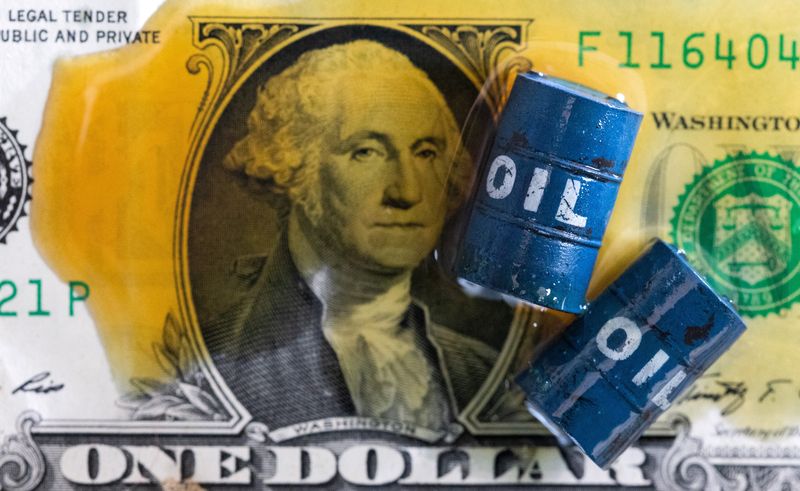By Arathy Somasekhar
HOUSTON (Reuters) - U.S. sweet and sour oil differentials narrowed significantly this month, pricing data showed, as demand for higher sulfur crudes climbed from refineries and exporters while supplies tightened.
The spread between Light Louisiana Sweet and Mars sour crude, both priced in Louisiana, narrowed to $1.70 a barrel last week from about $6.75 per barrel at the start of the year and $9.20 per barrel a year ago.
Buyers globally are expected to snap up sour crudes as top oil exporter Saudi Arabia plans to cut its overall output by 1 million barrels per day beginning next month.
Most of Saudi Arabia's crude oils, such as Arab Light, Medium and Heavy, are considered sour. In addition to cutting output, the exporter also raised its official selling price to Asia for July to a six-month high, sending buyers there scrambling.
"U.S. sour crude exports to Europe touched a record in March and I would not be surprise if July reaches a new high," said Bukhtiar Zafar, an oil markets analyst at data provider Energy Aspects. "We expect more sour pull from Asia," he added.
Also, U.S. Gulf Coast refiners are stepping up crude processing to meet strong domestic fuel demand. The Gulf Coast refiners generally process sour crude from U.S. offshore fields, Western Canada and Latin America.
Demand will grow in July for Gulf Coast medium sour barrels as a substitute for Middle East barrels, said Matt Smith, an analyst at shipping data provider Kpler.
"With U.S. Gulf Coast refiners ramping up to their peak for the year, these barrels may well be priced to stay at home" rather than exported," Smith said.
Europe has stepped up imports of sour crude since Russia's invasion of Ukraine restricted flows of medium sour Urals.

Meanwhile, its appetite for gasoline-friendly light sweet crude due to has weak naphtha prices and as summer driving season boosted demand for diesel.
Wildfires in Canada's West since May hit output and flow of Canadian heavy sour crude to the United States, while purchases of sour crude to refill the Strategic Petroleum Reserve also reduced supply.